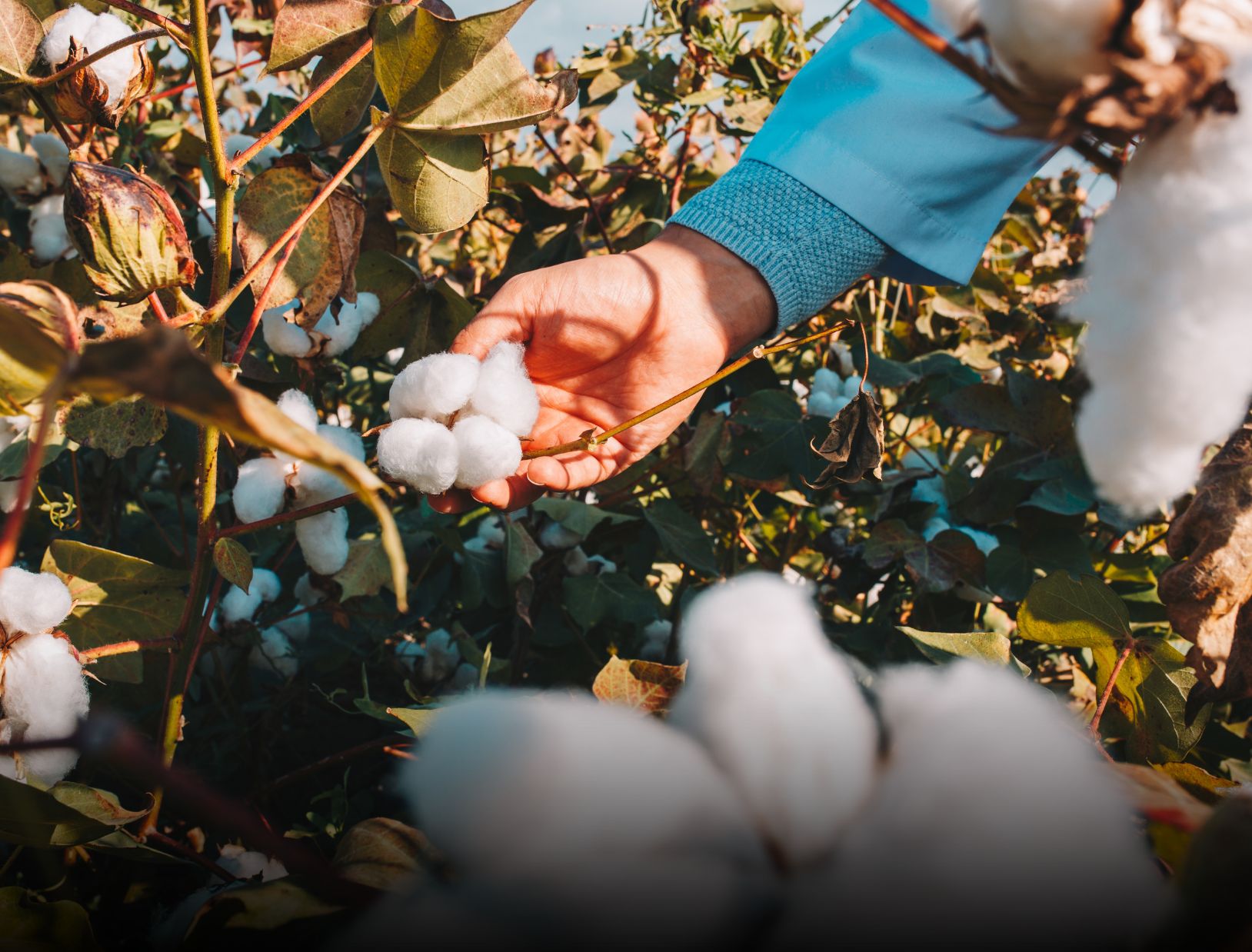Writer

Pharmaceutical Plants: Nature's Pharmacy
Pharmaceutical plants, also known as medicinal plants, have been the cornerstone of healthcare for millennia. These botanical wonders contain an array of bioactive compounds that have been used to treat various ailments. From ancient civilizations to modern medicine, plants continue to inspire scientific research and drug development.
A Historical Perspective
The use of plants for medicinal purposes dates back to prehistoric times. Ancient civilizations like the Egyptians, Chinese, and Indians developed sophisticated systems of herbal medicine. Their knowledge, passed down through generations, formed the foundation for modern pharmacology.
The Chemistry of Healing
The therapeutic properties of pharmaceutical plants stem from the presence of secondary metabolites. These compounds are not directly involved in plant growth but serve as defense mechanisms against herbivores, pathogens, and environmental stresses. Some of the major classes of secondary metabolites include:
- Alkaloids: These nitrogen-containing compounds often exhibit potent pharmacological activities. Examples include morphine (pain relief), quinine (antimalarial), and codeine (cough suppressant).
- Glycosides: These compounds consist of a sugar molecule attached to a non-sugar moiety. Digitalis, derived from foxglove, contains cardiac glycosides used to treat heart failure.
- Terpenoids: This diverse group of compounds includes essential oils with antimicrobial and anti-inflammatory properties. Examples include menthol (analgesic) and camphor (anti-inflammatory).
- Phenolic compounds: These compounds have antioxidant and anti-inflammatory properties. Flavonoids, a subgroup of phenolics, are found in many fruits and vegetables and have potential health benefits.
Pharmaceutical Plants in Modern Medicine
While synthetic drugs have dominated the pharmaceutical industry in recent decades, the importance of pharmaceutical plants has not diminished. In fact, there is a renewed interest in natural products as a source of novel drug candidates.
- Drug Discovery: Many modern drugs are derived from or inspired by compounds found in plants. For example, aspirin, a widely used painkiller, was originally derived from the bark of willow trees.
- Complementary and Alternative Medicine: Herbal remedies and supplements continue to be popular, with many people incorporating them into their healthcare routines.
- Traditional Medicine: Traditional medicine systems, such as Ayurveda and Traditional Chinese Medicine, rely heavily on pharmaceutical plants and offer valuable insights into their therapeutic uses.
Challenges and Opportunities
Despite their potential, the development of pharmaceutical plants into modern medicines faces challenges. These include:
- Consistency and Standardization: The chemical composition of plants can vary depending on factors like growing conditions, harvesting time, and processing methods.
- Intellectual Property: Protecting the rights to traditional knowledge and genetic resources is a complex issue.
- Sustainability: Overharvesting of wild plants can lead to habitat destruction and species loss.
However, there are also significant opportunities for innovation and growth in this field. Advancements in biotechnology, genomics, and analytical chemistry are enabling researchers to identify new bioactive compounds and develop more efficient cultivation and extraction methods.
Conclusion
Pharmaceutical plants represent a rich and untapped resource with the potential to address a wide range of health challenges. By combining traditional knowledge with modern scientific techniques, we can unlock the full potential of these botanical treasures and improve human health.





